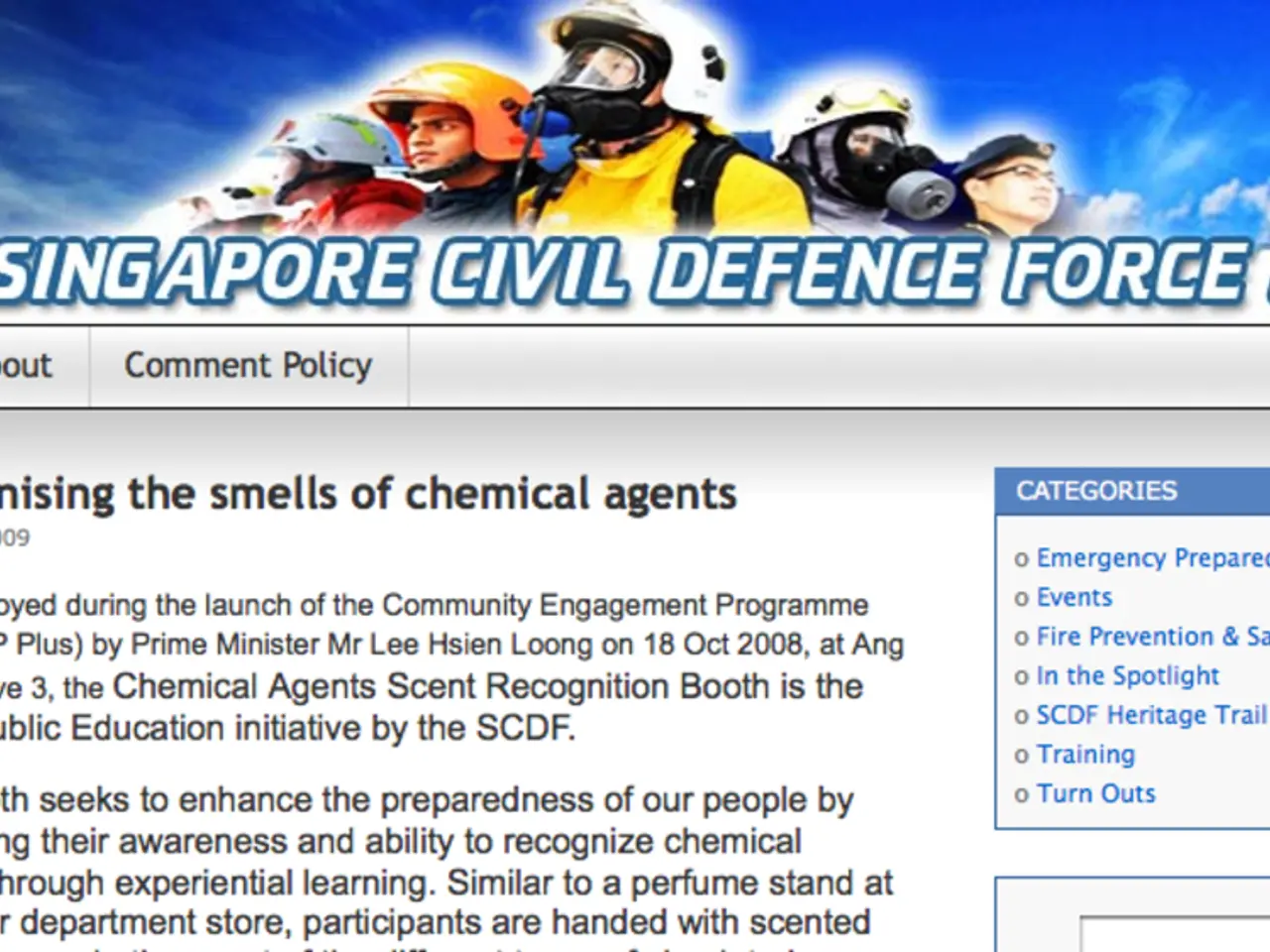Understanding Politics Through Data Analysis: A Look into Political Opinion Mining, Sentiment Analysis, and Opinion Extraction.
In the digital age, political campaigns are leveraging cutting-edge technology to gain a deeper understanding of public sentiment. One such tool is political opinion mining, a process that extracts and analyses people's views on candidates, policies, or events from unstructured text such as tweets, posts, comments, and speeches.
Political opinion mining serves a dual purpose. On one hand, it helps identify popular topics and concerns among voters, providing valuable insights into the electorate's mood. On the other hand, it quantifies the emotional tone behind these opinions, categorising them as positive, negative, or neutral. This allows campaigns to monitor sentiment trends, detect shifts in public mood towards candidates or issues, and spot potential crises early.
Opinion mining, sentiment analysis, and opinion extraction are the three key components of this sophisticated approach. Opinion mining involves extracting people's viewpoints and attitudes, sentiment analysis quantifies the emotional tone, and opinion extraction targets specific aspects within opinions to understand which elements of a candidate’s platform or behavior are influencing perceptions.
These techniques, often enhanced with natural language processing (NLP), machine learning, and deep learning, enable campaigns to track evolving voter sentiment in near real-time across platforms, including impact from images and videos which evoke strong emotional responses beyond text alone. They also help identify and engage swing voters by profiling online sentiment patterns, quickly respond to negative sentiment or misinformation to protect reputation and sustain support, and optimise communication strategies by understanding which messages resonate emotionally, thus increasing popularity and voter turnout.
The Obama campaign famously employed this strategy in 2012, and since then, political opinion mining has become standard for modern political campaigns. By transforming noisy, unstructured social media data into actionable insights, political opinion mining allows evidence-based decisions rather than relying on guesswork or periodic polls.
Political sentiment analysis, a branch of political opinion mining, offers a way of understanding the climate and opinion in society. It involves identifying and quantifying emotional states, such as anger towards government policies. Applications of political opinion mining include debate analysis, manifesto feedback, regional sentiment tracking, crisis management, and influencer impact measurement.
However, political opinion mining is not without its challenges. Handling multilingual data, sarcasm detection, fake accounts, data noise, and biased training datasets are just a few of the hurdles faced in this field. Despite these obstacles, the future of political opinion mining is promising, with real-time dashboards, voice sentiment analysis, integration with voter databases, and predictive behavioural modeling on the horizon.
In conclusion, political opinion mining is an often overlooked yet significant endeavour in understanding public opinion. By harnessing the power of sentiment analysis, opinion extraction, and natural language processing, political strategists can gain a deeper understanding of public sentiment in real-time, detect emerging issues, and adapt campaign messaging accordingly, ultimately guiding strategic messaging and engagement to boost their popularity and electoral success.
- Social media ads can be targeted effectively by political campaigns based on the insights gained from political opinion mining, which helps identify popular topics and concerns among voters.
- Sentiment analysis, a component of political opinion mining, categorizes public opinions as positive, negative, or neutral, allowing campaigns to monitor sentiment trends and detect shifts in public mood towards candidates or issues.
- Utilizing services such as opinion mining, sentiment analysis, and natural language processing, campaigns can optimize their communication strategies to increase popularity and voter turnout by understanding which messages resonate emotionally with the electorate.
- As a branch of political opinion mining, political sentiment analysis provides a means of understanding the emotional climate of society, offering insights into issues like anger towards government policies.







